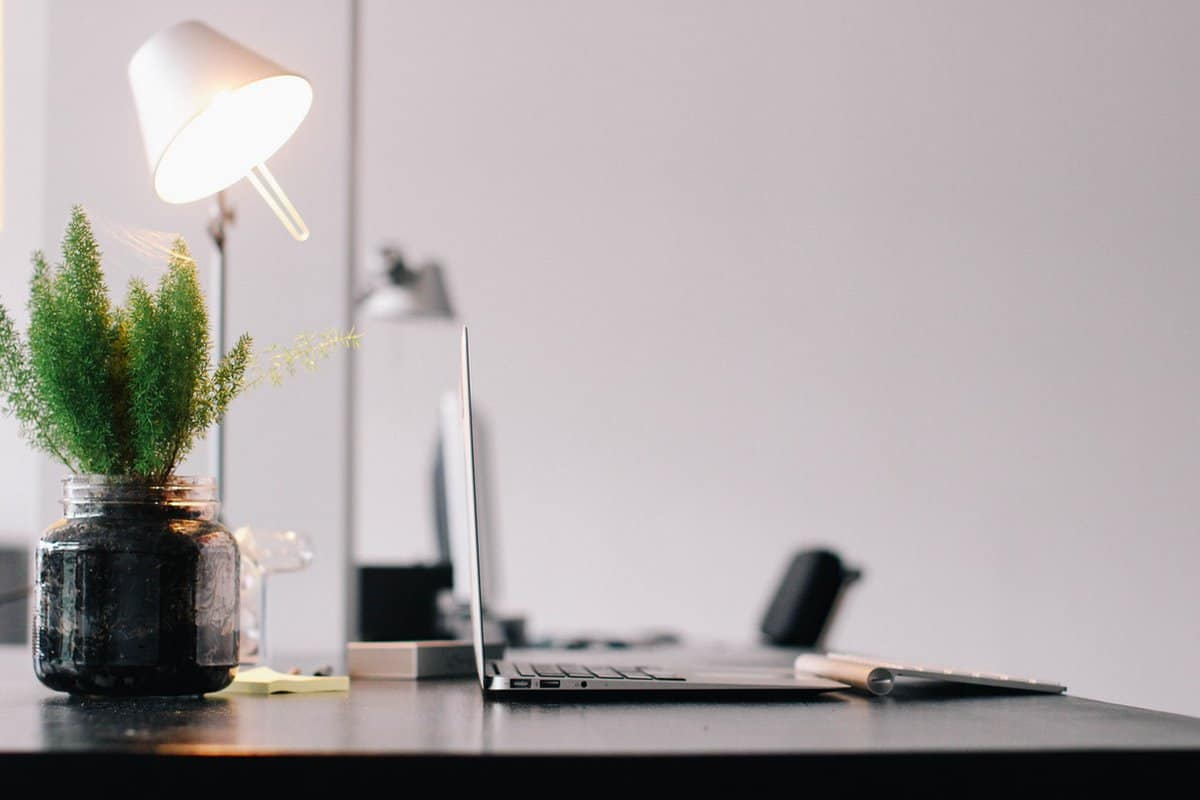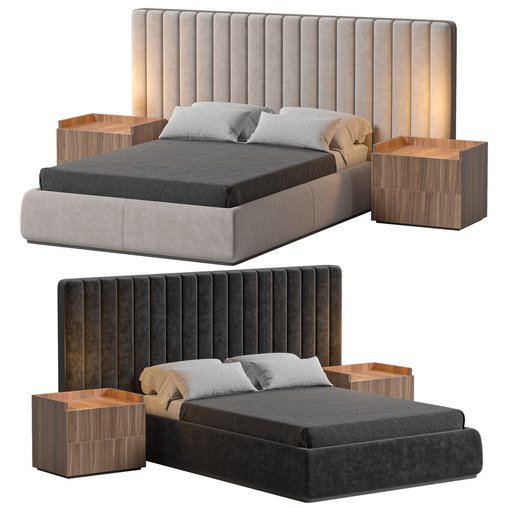

Light quality refers to the wavelength or color of light. Hydroponic lettuce and herbs: 6-12 inches.Seedlings: 4-6 inches (move your light up regularly as they grow).But even with LED and fluorescent lights, maintaining a proper distance helps to ensure healthy plant growth.

Keeping sufficient distance between plants and a light source is especially important when using bulbs that produce a lot of heat, like incandescent and high-pressure sodium. A more efficient lightbulb will produce more light with fewer watts of energy. Light bulbs should report both watts and another measure of light intensity such as PPF, lumens or foot candles. Watts are a measure of the amount of energy needed to produce light, rather than a measure of the actual intensity of the light.Lumens measure how bright the light is to the human eye, and do not measure some of the important wavelengths that plants need to grow. Lumens are less relevant when considering lighting for plants.It’s not used as frequently though you may find this measure in older reference books. Foot-candle is the amount of light received by a 1-square-foot surface located one foot away from a light source equal to one candle.PPFD goes down as your plants get further away from the light source. You may also see PPFD (photosynthetic photon flux density), which is a measure of PPF as it reaches a surface like a plant leaf. PPF (photosynthetic photon flux) is a measure of how much plant-usable light is released by a bulb per second and is measured in micromoles of light per meter per second (umol m-2s-1).While there are many ways to measure light, a few common measurements you are likely to see include: The distance between a light source and a plant impacts the light intensity. The amount of light produced by a bulb is measured in a variety of ways and, unfortunately, two different bulbs may report their light output using different measurements, making it hard to compare.

Light intensity is the brightness of light. Red light is ideal for flowering and fruit set.
#LAMP PLANT TABLE WINDOWS#

Even though this window is south-facing with plenty of natural light, the plants get indirect light for much of the day.īefore getting a plant or starting seeds, determine the quality and hours of natural light in your space. Overhanging roofs can block light for part of the day.


 0 kommentar(er)
0 kommentar(er)
